Heritage Red Raspberry Plant
Description
Heritage everbearing red raspberry is a favorite for its flavor, firmness and fruit size. This variety produces abundant crops of large, sweet, dark red berries that are perfect for eating fresh, canning, freezing, or making jams and jellies. These self-supporting, upright canes are hearty enough to grow in poor soil, but requires a well-drained site.
This bush has two harvest seasons, with a moderate yield in July and a heavy yield in September until frost, making them everbearing. Floricane berries ripen in July and primocane berries ripen in September through frost. Red Heritage is cold-hardy and self-pollinating -a licensed variety of Cornell University.
Note: Do not plant Red, Gold or Purple raspberries within 75-100 feet of Black raspberries. Black raspberries may be more susceptible to viral diseases carried by aphids to and from nearby raspberry plants.
After planting, be sure to prune the bare-root canes back to about 2 inches above the ground. (This does not apply to potted raspberry plants.) Do not skip this step! It is a crucial factor in encouraging the roots to send up new growth during the growing season. It is in the nature of raspberry plants to send up new growth as suckers or basal shoots from below the ground. This means the canes that you plant may not be where you find signs of life or new growth. When it’s time to grow, you will see new sprouts emerge from the ground around where you planted the cane, and this growth is coming from the raspberry plant’s root system.
Survival Guaranteed!


Since 1816, Stark Bro’s has promised to provide customers with the very best fruit trees and plants. It’s just that simple. If your trees or plants do not survive, please let us know within one year of delivery. We will send you a free one-time replacement, with a nominal shipping fee of $9.99. If the item in question is not available, we can issue a one-time credit to your account equaling the original product purchase price or issue you a refund. Read more about our warranty policy.
Characteristics
| Bloom Color | Pink |
| Fruit Color | Red |
| Fruit Size | Medium |
| Hardiness Zone Range | 4 - 8 |
| Pollination | Self-Pollinating |
| Ripens/Harvest | July And September |
| Shade/Sun | Full Sun |
| Soil Composition | Loamy |
| Soil Moisture | Well Drained |
| Soil pH Level | 6.0 - 6.8 |
| Taste | Mild, Tart |
| Texture | Firm |
| Years to Bear | 1 - 2 |
Size & Spacing
Mature Size
Recommended Spacing
Zone Compatibility
Pollination
This variety is self pollinating.
Tools & Supplies
Planting & Care
Learn all about how to grow raspberry plants in The Growing Guide. An entire section of our website dedicated to your growing success.
Shipping Information
Estimated Delivery Date
Arrives when it's time to plant
Questions & Answers
Yes, I have mine in large cloth pots with pebbles at the bottom. I have three in a row next to one another and I wrap all three in one long sheet of frost fabric (I use staples to close the ends) for the winter and they did great! They kinda look like a mummy in my yard over the winter, haha!
New canes that come up in the spring are called primocanes. If the variety is "ever-bearing," those canes will bear fruit later that same season; then they will have a second fruiting the following spring or early summer (depending on your area). In this "second year," the canes are called floricanes. After this second fruiting, these floricanes die. About the same time, you should notice new canes (primocanes) appearing, and the cycle starts all over again.
If the raspberries are not an ever-bearing variety, they will not fruit that first season on the primocanes; they will not fruit until the following spring/early summer, on the floricanes. At this point the floricanes will die, new canes should appear in your stand, and the cycle repeats.
Thus, ever-bearing raspberries have two fruiting times: in the late summer/early autumn, on the primocanes, and then again in the spring/early summer, on the floricanes, after which they die.
I agree with Abby....who wouldn't want as many red raspberries as possible! But if you think the berries are too small, it's possible there is too much competition among the canes. Also,if you notice mold on the leaves, the canes could be too close, impeding good air circulation.. In either case, you'd probably do well to thin the stand.
We have similar soil....I worked in peat moss and manure last spring before planting the bare root planting stalks. This year they're going crazy....so it must have worked. Good luck.
My Heritage Red did provide some berries the first season, though not many. I am now beginning the second season and there are LOTS of new canes coming up, so this second year there should be many more berries. The first year only one cane came up from the root, so I only got the berries on that one cane. This year there are more than ten canes per plant.
I've never seen a seedless raspberry, but they don't bother me. If you must, strain the juice and make jelly. I prefer fresh or in baked goods as whole as possible.
Once your raspberry plants have put on enough growth (which may not be until after their first year with you), aim to prune in the early spring, just as new growth emerges.
Prune young canes back until they are around 4 to 5 feet tall. This will discourage overgrowth and shading and will improve fruit production and quality.
Completely prune back and remove all skinny, dead, damaged, diseased or otherwise weak canes. As your raspberry plants mature, it is recommended that you cut back the small, thin canes to leave only about 8 to 10 of the strongest ones.
Raspberries transplant best when they are dormant. For your fresh, first year canes this could be after they have stopped growing for the season. For second year canes you would want to wait until you have harvested the fall crop. Best time to transplant is generally late fall or early spring. Transplanting is a shock to any plant but done right they will recover well. Good soil prep and proper watering will help them adapt to their new home quickly. Hope this helps.
Yes there are thorns on each limb. This did not keep any child from harvesting a quick handful of berries.
We transplanted bare root shoots last year and got some fruit. But it wasn’t much. The next year, they will produce. That is of course seeing that the ground is good and a freeze doesn’t knock them out. The year before last, a freeze stunted our bare root transplants and they did not produce until the next year.
Customer Reviews
Haven't transferred to soul yet.
Will in fall

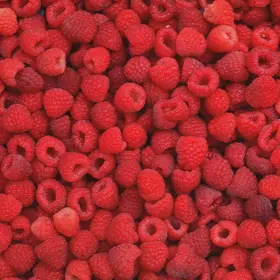
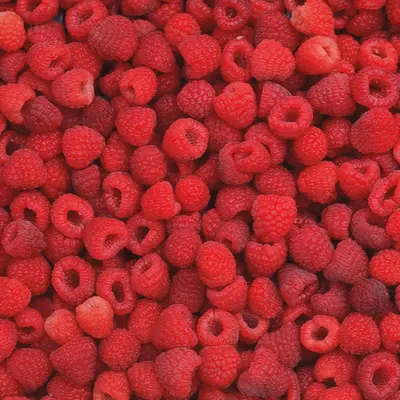
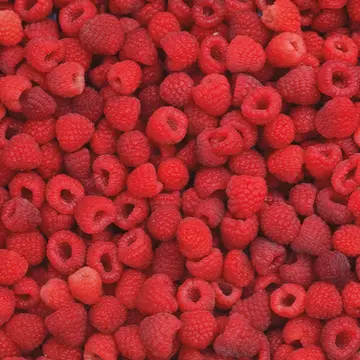
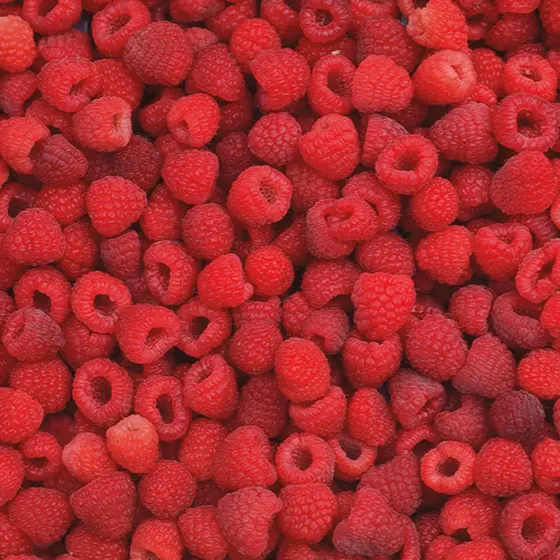
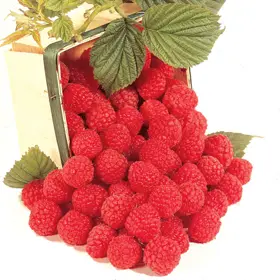
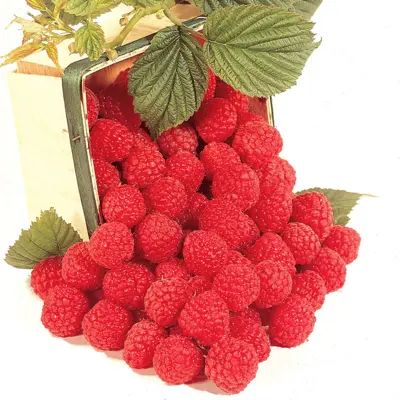
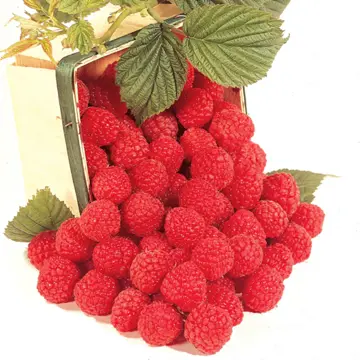
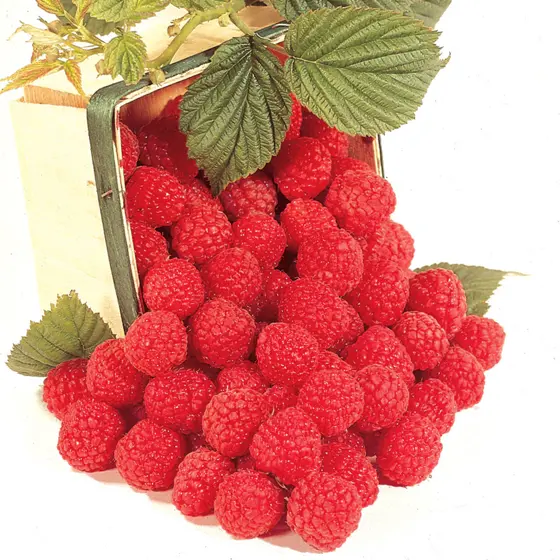
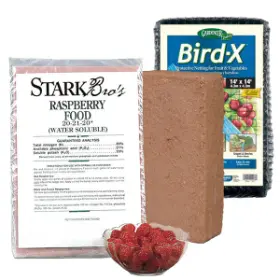

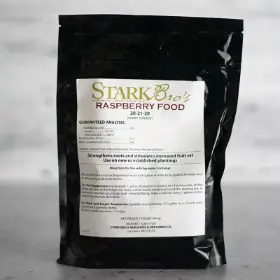
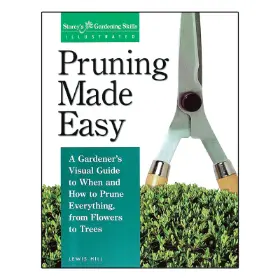
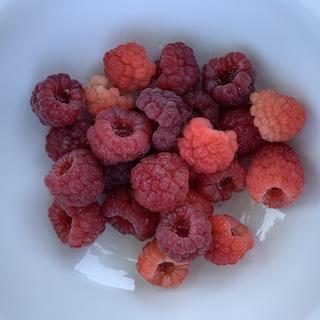
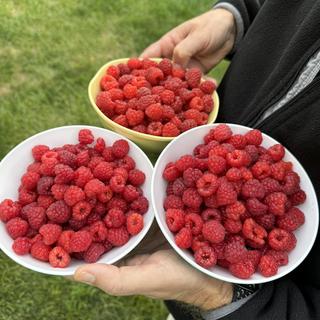
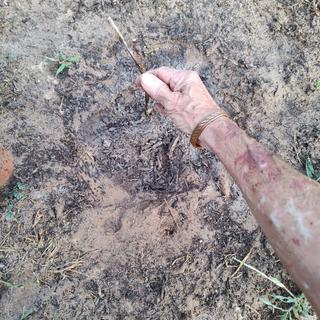
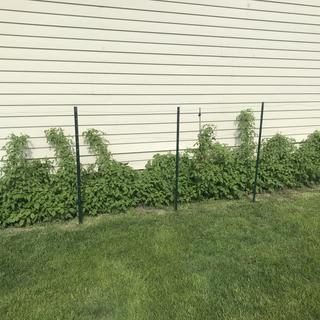
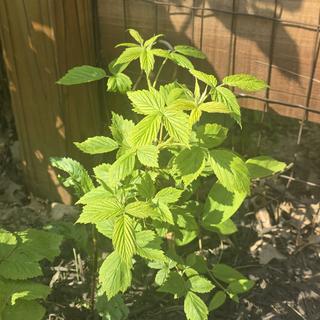
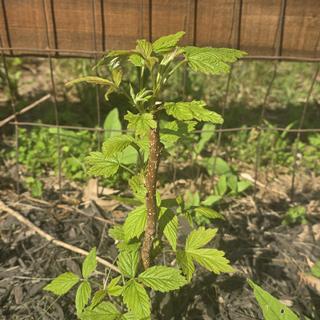
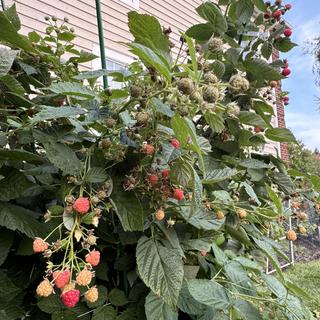

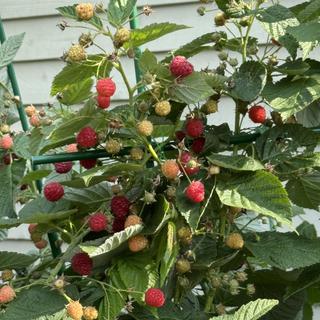
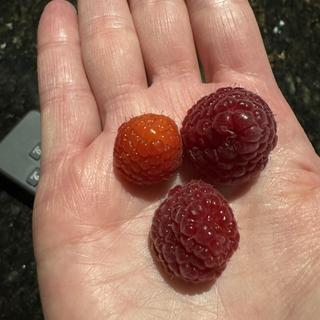
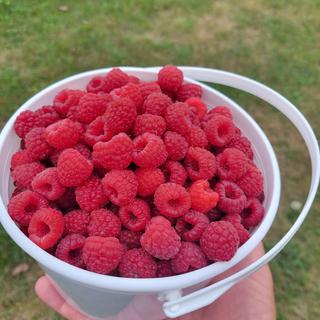
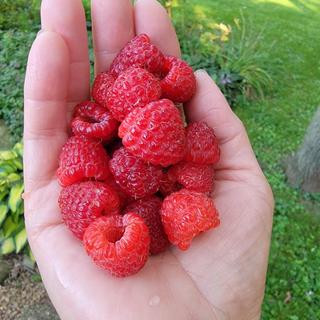
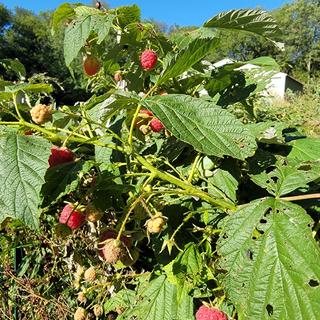
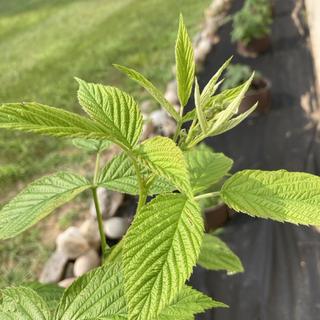
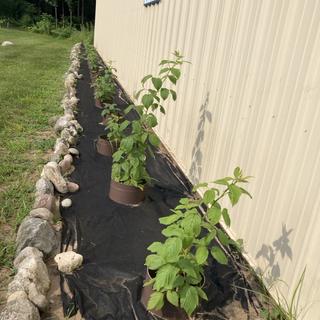
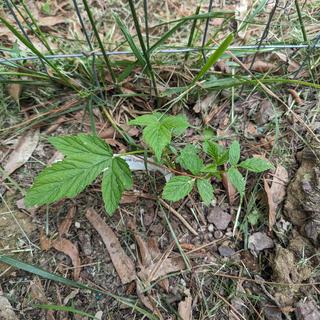
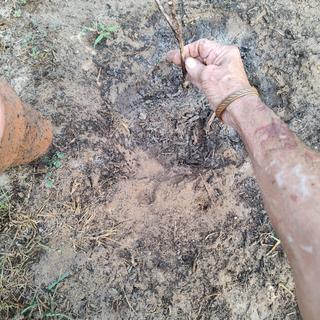
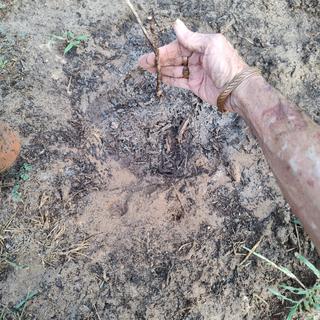

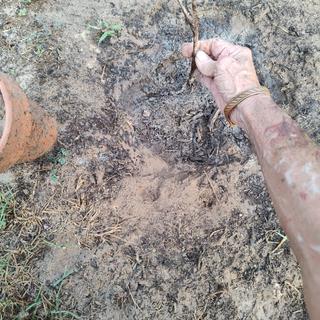
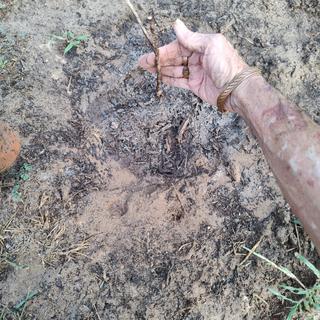


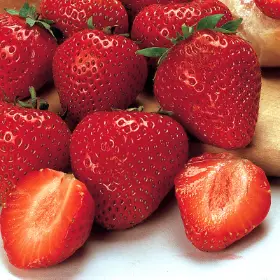
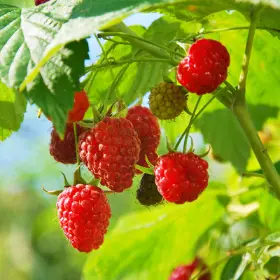
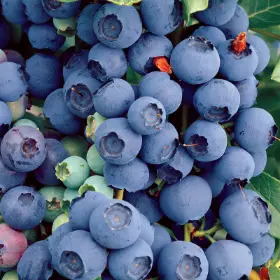
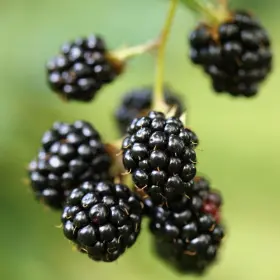
I have blackberry and want to try Raspberry and also try American / southern adaptable fruits
The first plant I ordered looks good and is growing well. So I wanted a second one.
Best tasting
Overbearing and hardy